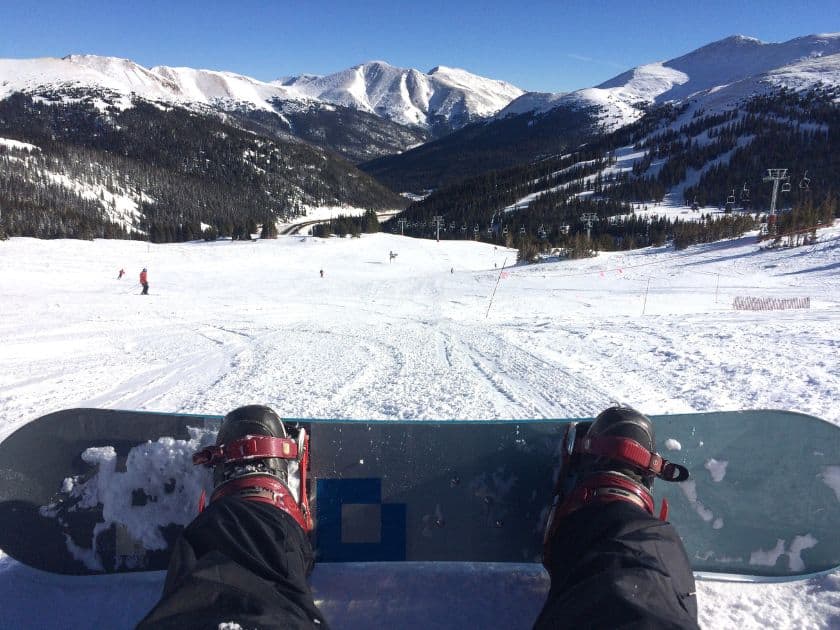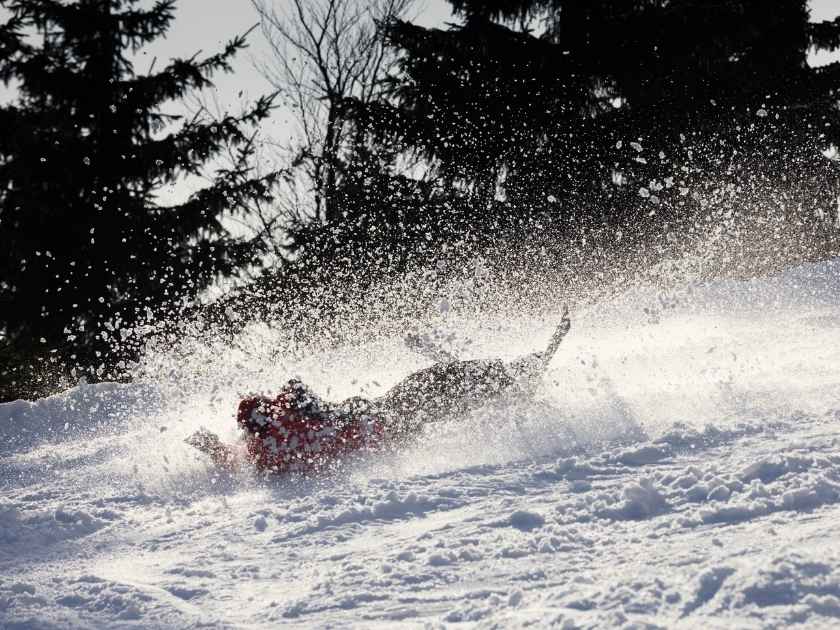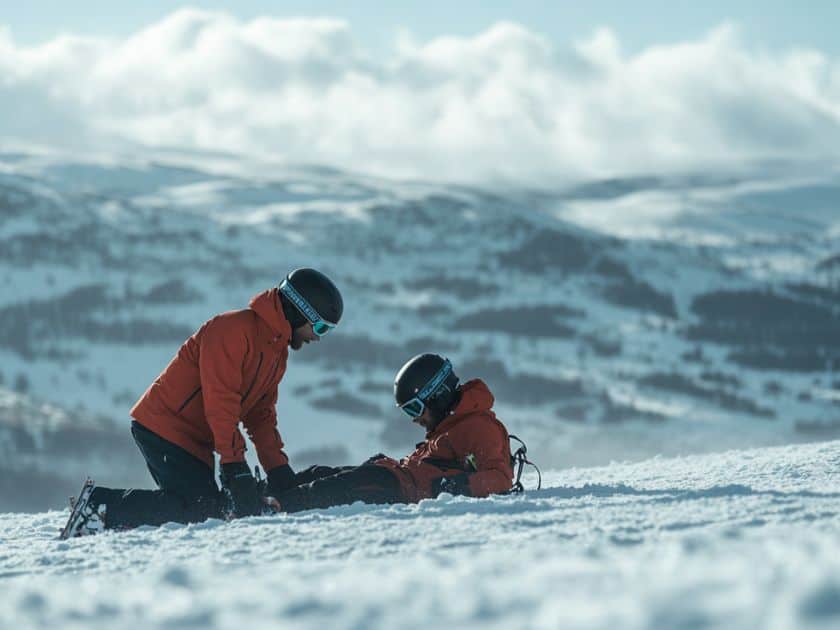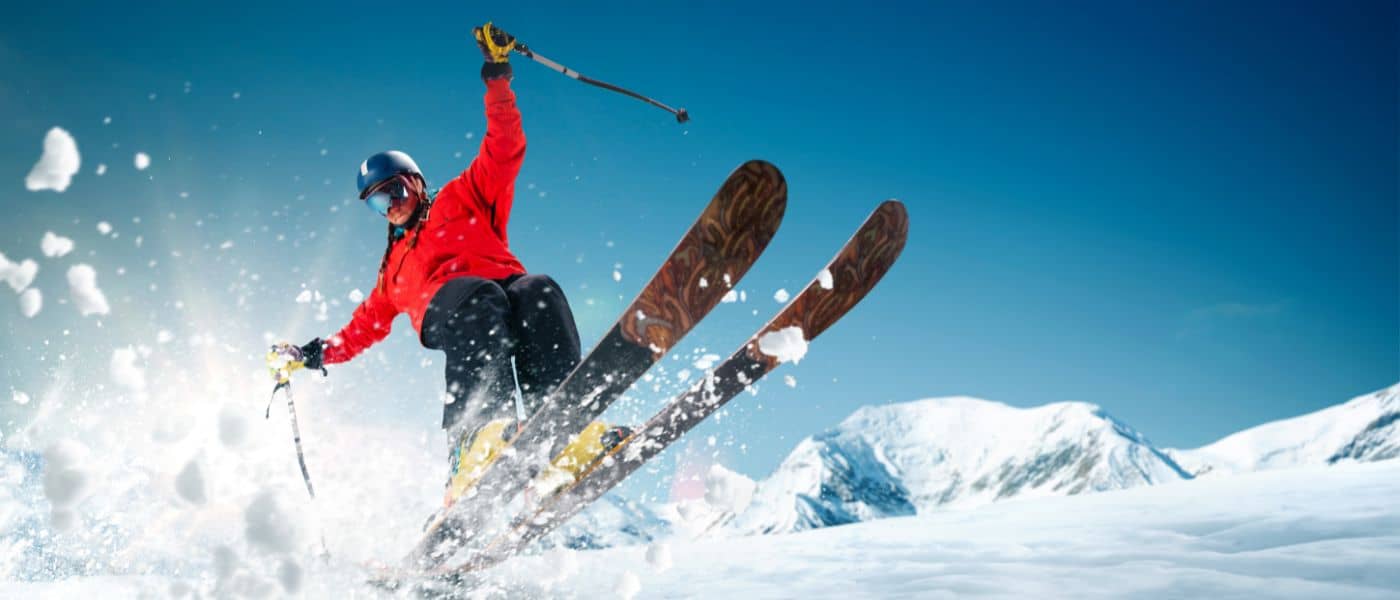Stay Safe on the Slopes: Understanding Colorado Ski and Snowboard Accident Statistics
Picture yourself standing at the summit of one of Colorado’s majestic peaks, fresh powder beneath your feet, and endless possibilities ahead. Like millions of others who flock to Colorado’s world-class ski resorts each year, you’re chasing that perfect run. But beneath the excitement lies a crucial question: How can you ensure you return home with nothing but great memories?

The Latest Colorado Ski and Snowboard Accident Statistics: A Critical Update
As someone passionate about winter sports, you deserve to understand the current reality of slope safety. The most recent ski accident statistics in Colorado reveal both concerning trends and opportunities for improved safety awareness.
2023-2024 Season Statistics: A Closer Look
The current ski season has brought sobering numbers that every snow enthusiast should consider:
- At least 15 fatalities occurred on Colorado slopes
- Over 3,000 injuries were reported at Colorado resorts
- Emergency rooms received up to 55 injured skiers and snowboarders daily
- Six deaths resulted from tree collisions
- Medical events accounted for six fatalities
Understanding the Human Impact
Behind these numbers are real people and families affected by skiing and snowboarding accidents:
- Age range of fatalities: 14 to 78 years old
- Gender distribution: 12 of 15 fatalities were male
- Visitor status: Seven fatalities involved out-of-state visitors
- Location patterns: All but one fatal collision or fall occurred on intermediate or beginner slopes
Historical Context and Trends
To better understand the current situation, let’s examine the historical data:
- 2022-2023 season: 17 reported deaths
- Record season (2011-2012): 22 fatalities
- National average: 0.74 deaths per million skier visits (10-year average)
- Emergency transport trends: Average of 10 skiers per day required ambulance services (2018-2020)

Understanding Your Risk Factors
Recent data has reinforced our understanding of key risk factors that influence accident probability:
Location Impact
- Intermediate and beginner slopes show higher incident rates
- Tree collisions remain a significant hazard
- Terrain park accidents present unique risks
Demographic Patterns
- Males face substantially higher fatality risks
- Out-of-state visitors represent a significant portion of serious incidents
- Age and experience level contribute to risk factors
The Anatomy of Accidents
Understanding why and how accidents happen is crucial for prevention. Current data shows:
Primary Causes
- Tree collisions (40% of 2023-24 fatalities)
- Medical events (40% of 2023-24 fatalities)
- Loss of control
- Collisions with other snow sports enthusiasts
- Environmental factors
Injury Types
- Minor injuries (cuts, bruises, sprains)
- Severe fractures
- Traumatic brain injuries
- Spinal cord injuries
- Medical emergencies

Your Comprehensive Safety Action Plan
With these updated statistics in mind, here’s how to protect yourself on Colorado’s slopes:
Pre-Season Preparation
- Schedule a medical check-up, especially if you have underlying conditions
- Invest in proper safety equipment, including a well-fitted helmet
- Consider taking refresher lessons, regardless of experience level
- Review and understand your resort’s safety protocols
On-Mountain Safety Protocol
- Always ski with a partner, especially in tree areas
- Maintain appropriate speed for conditions and skill level
- Stay visible and aware of other slope users
- Respect trail difficulty ratings
- Take regular breaks to prevent fatigue
Emergency Preparedness
- Carry emergency contact information
- Know the resort’s emergency procedures
- Keep a charged phone in an accessible pocket
- Familiarize yourself with patrol locations
The Real Cost of Slope Accidents
Understanding the potential impact of accidents helps emphasize the importance of prevention:
Financial Impact
- Emergency room visits
- Medical transport costs (ground and air)
- Extended medical care
- Lost work time
- Equipment replacement
Personal Cost
- Physical rehabilitation
- Emotional trauma
- Impact on family members
- Limited future athletic activities
- Long-term health effects

Medical Response and Emergency Services
Recent data shows the crucial role of emergency services in ski safety:
- Daily average of 55 emergency room visits during peak season
- Ten daily ambulance transports
- Varied injury severity requiring different levels of care
- Critical response time requirements
Prevention Strategies Based on Current Data
Analysis of recent accidents suggests several key prevention strategies:
Tree Well and Collision Prevention
- Maintain safe distances from trees
- Stay on marked trails
- Use the buddy system
- Understand snow immersion risks
Medical Event Prevention
- Regular health check-ups
- Altitude acclimation
- Proper hydration and nutrition
- Recognition of early warning signs
Skill-Level Management
- Honest self-assessment
- Progressive challenge advancement
- Regular technique refinement
- Understanding daily conditions
Industry Response and Safety Initiatives
Colorado ski resorts continue to enhance safety measures:
- Improved signage and trail marking
- Enhanced patrol coverage
- Advanced medical response capabilities
- Educational programs and resources
- Technology integration for safety monitoring
Your Role in Slope Safety
Individual responsibility remains crucial:
- Stay informed about current conditions
- Follow resort rules and guidelines
- Maintain appropriate equipment
- Know and respect personal limits
- Share safety knowledge with others
Empowered Decision-Making
Colorado’s mountains offer world-class skiing and snowboarding experiences, but these updated statistics remind us of the inherent risks. By understanding current accident patterns and taking appropriate precautions, you can significantly reduce your risk while maximizing enjoyment.
Take Action Today:
- Review and upgrade your safety equipment
- Schedule a pre-season medical check
- Share these statistics with your riding group
- Create a personal safety protocol
- Stay informed about changing conditions
Remember: Every statistic represents someone’s story. Make sure yours is about the incredible experiences you had on Colorado’s magnificent mountains, not about becoming another number in next year’s accident reports.
Ready to hit the slopes? Take the first step toward safer skiing and snowboarding by sharing this information with your riding group and making a safety plan together. Your perfect powder day awaits – safely.

